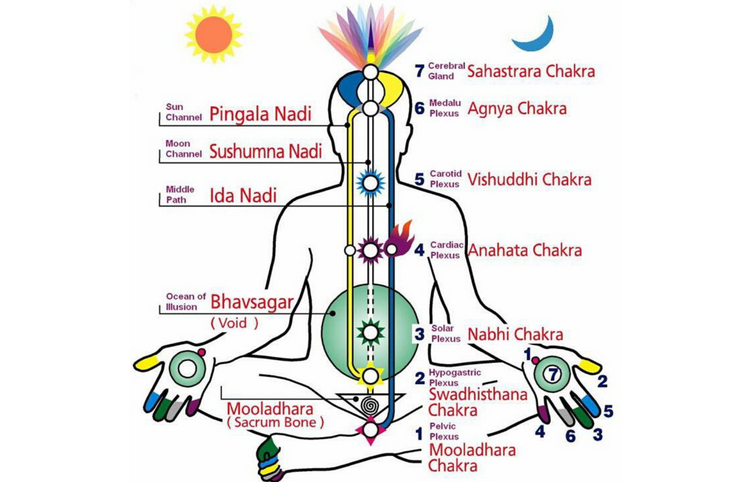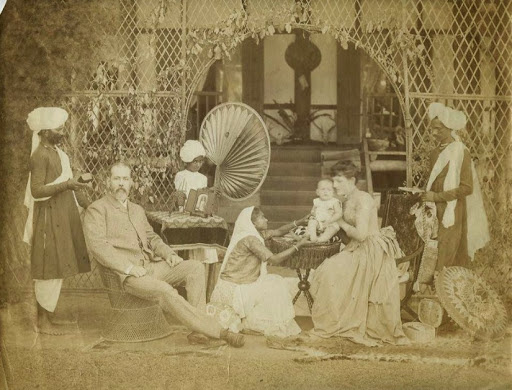What is Vedic? Pt. 2: Why Have I Never Heard of It?
- Jean Michel

- Mar 21, 2022
- 3 min read
Updated: May 11, 2022
The Vedic civilization thrived long before ancient Sumaria, Egypt and Greece, and it is the root spiritual system of all eastern religions, including Buddhism.
So why don’t we have have a prominent place for it in our history books?
Well, as it turns out, a fruit of the Vedic culture has already been thoroughly appropriated into Western culture: yoga.
In Sanskrit, yoga means ‘union’ and is a system of techniques that helps unite the body with the mind. The West has seen an explosion in the practice of yoga in the past 100 years, although few people are aware of its proper Vedic origins.
In fact, the yoga practice has been diluted of much of its transformational potential because people do not know where it came from and what it was originally intended to be used for.
When most people think of yoga they are imagining the stretching and breathing techniques called hatha yoga. Long ago, dedicated sages would spend 18 to 20 hours a day meditating and their bodies would fell apart because they did not have a proper system to physically maintain themselves. Hatha yoga was then utilized to tune their bodies so they could undergo such lengthy meditative practices.
The purpose of yoga according to the Vedas is not to achieve an optimum physique, to cleanse the body of toxins, nor even to purify one’s thoughts. The singular purpose is to unite oneself with the Source — the Supreme Intelligence that animates our entire universe (and other universes).
Calming the processes of the body and mind is the most efficient way to connect oneself to this all-pervading energetic Source. The purification of the body and mind are materialistic benefits of yoga but not the actual goal itself.
A Change in Terms
Another reason people have never heard of the term ‘Vedic’ is because the very words we use to describe this culture have been altered since the British invasion of India.
Since the early 1800s, the British colonists who conquered the land, people and culture of India called the people living there ‘hindoos’ (later ‘hindu’) and the complex array of religious customs they found were collectively labeled ‘hinduism’. But the people never called themselves that and nowhere in the texts are the words ‘hindu’ or ‘hinduism’ ever used.
It is analogous to how the Native Americans were called ‘Indians’ upon Colombus’ arrival. Each tribe had their own title for themselves - Navajo, Cherokee, Dakota, etc. Most of Western society still unwittingly sees the Vedic ideas and culture through this colonial lens by using the term ‘hinduism.’
In ancient times as well as today there is a great variation of religious practice, so using the term ‘Vedic’ - the word the ancient texts use to describe their culture - delineates a unified consciousness from that time period and still continues today. The general term for the religious practices is sanatana dharma (pronounced san-A-tana Dar-ma).
By acknowledging and learning from history we can move past outdated second-hand interpretations that limit the growth of our knowledge and consciousness of other cultures. And the best way to advance forward is by learning directly from the primary source material — the ancient texts themselves.
Now we will examine some basic and important concepts from the Vedic system in order to bring to light the profound wisdom available for people of all cultures and backgrounds.
Further Reading:






















Comments